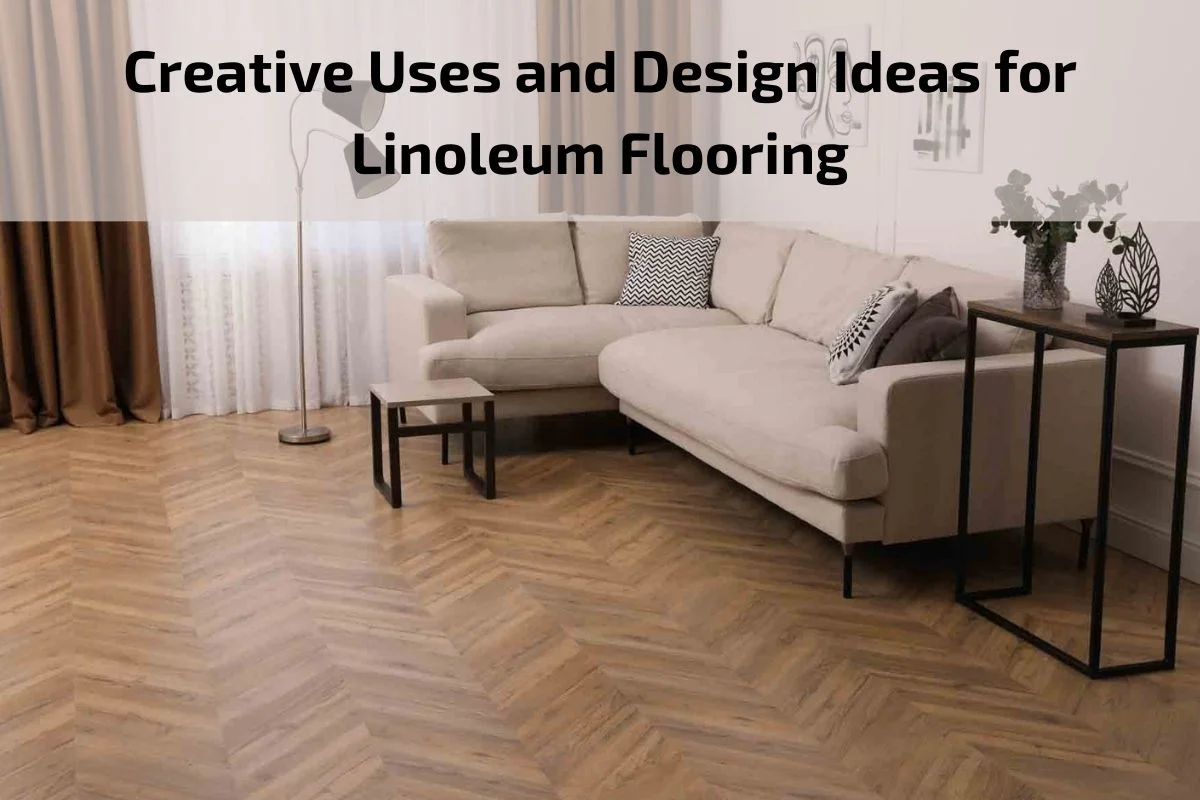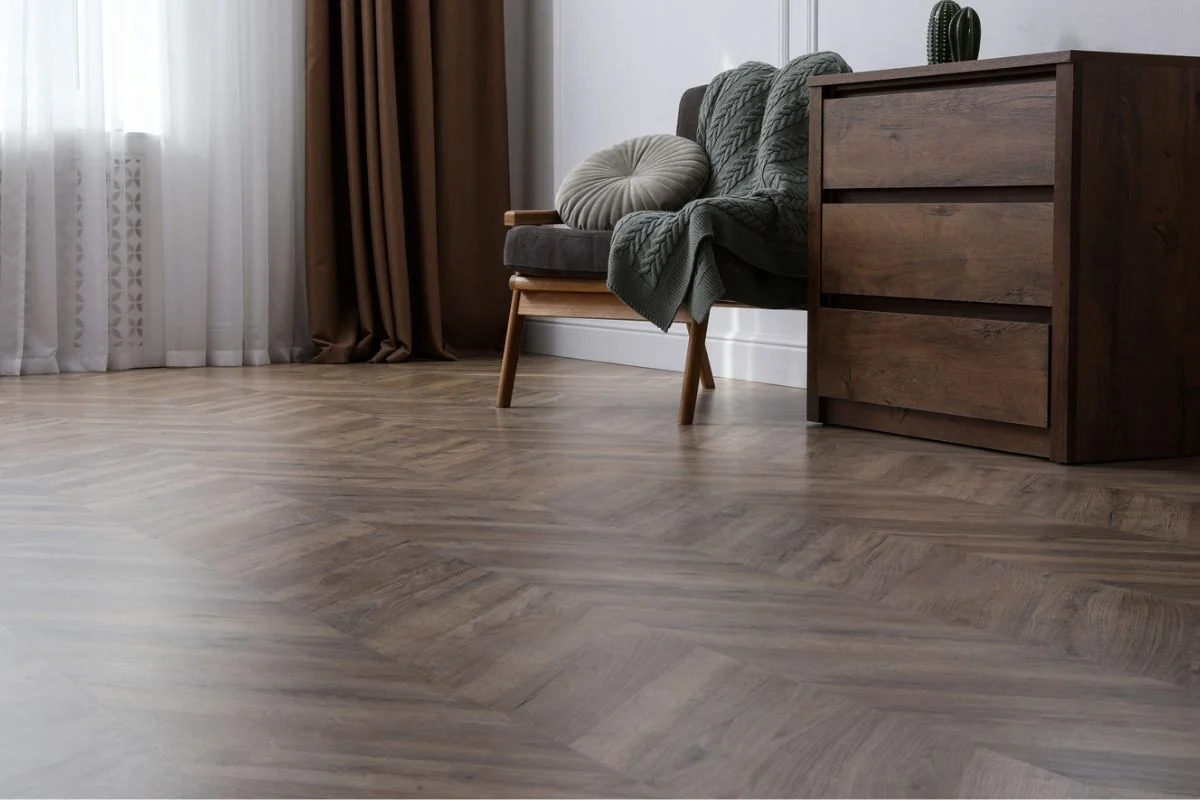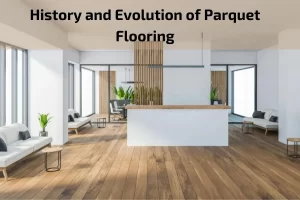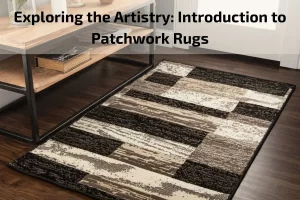Linoleum flooring, once overshadowed by other flooring options, is experiencing a resurgence in popularity thanks to its versatility, durability, and eco-friendly properties. This timeless flooring material offers a wide array of creative possibilities, making it a favorite choice among homeowners, designers, and architects alike. From classic patterns to modern designs, linoleum floors have evolved to meet the demands of contemporary spaces while retaining their inherent charm and character.
In this article, we’ll explore the creative uses and design ideas for linoleum floors, showcasing how this versatile material can transform any room into a stylish and functional space. Whether you’re looking to add a pop of color, introduce intricate patterns, or achieve a seamless aesthetic, linoleum flooring offers endless opportunities for creativity and expression. Let’s delve into the world of linoleum floors and discover how they can elevate the design of your home or commercial space.
Definition and brief history Linoleum Flooring
Definition: Linoleum flooring is a resilient flooring material made from natural ingredients such as linseed oil, wood flour, cork dust, and resins. These components are mixed and compressed onto a jute backing to create durable sheets or tiles.
Brief History:
Invention: Linoleum was invented in the mid-19th century by Englishman Frederick Walton. He discovered that linseed oil oxidized to form a tough, flexible film, leading to the development of linoleum as a flooring material.
Early Adoption: Linoleum quickly gained popularity due to its affordability, durability, and easy maintenance. It was widely used in homes, public buildings, and commercial spaces throughout the late 19th and early 20th centuries.
Evolution: Over time, linoleum production methods and designs evolved, offering a wide range of colors, patterns, and styles to suit various architectural and design preferences.
Resurgence: Although linoleum faced competition from other flooring materials in the latter half of the 20th century, it has experienced a resurgence in popularity in recent years due to its eco-friendly properties and versatility in design.
Characteristics:
Resilience: Linoleum is known for its resilience and ability to withstand heavy foot traffic, making it suitable for both residential and commercial applications.
Eco-Friendly: Made from natural and renewable materials, linoleum is considered an environmentally friendly flooring option.
Versatility: Linoleum comes in a variety of colors, patterns, and textures, allowing for endless design possibilities.
Durability: Properly maintained, linoleum flooring can last for decades, making it a long-term investment in any space.
Benefits of Choosing Linoleum Flooring
Durability: Linoleum flooring is highly durable and resilient, capable of withstanding heavy foot traffic, making it suitable for both residential and commercial spaces. It is resistant to scratches, dents, and stains, ensuring long-lasting performance even in high-traffic areas.
Eco-Friendly: Linoleum is made from natural and renewable materials such as linseed oil, wood flour, cork dust, and resins. It is biodegradable and does not emit harmful volatile organic compounds (VOCs) like some other flooring materials, making it an environmentally friendly choice for eco-conscious consumers.
Versatility: Linoleum flooring comes in a wide range of colors, patterns, and textures, allowing for endless design possibilities. Whether you prefer a classic checkerboard pattern, a sleek modern design, or a natural stone look, linoleum offers versatility to suit any aesthetic preference or design theme.
Comfort: Linoleum flooring has a natural elasticity that provides a cushioned feel underfoot, offering comfort and support for extended periods of standing or walking. It also has thermal properties that help to retain warmth in colder climates, enhancing overall comfort in the space.
Low Maintenance: Linoleum flooring is easy to clean and maintain, requiring only regular sweeping, vacuuming, and occasional damp mopping with a mild detergent solution. It is resistant to moisture and stains, making it ideal for kitchens, bathrooms, and other high-moisture areas.
Cost-Effective: Compared to other flooring options such as hardwood, tile, or stone, linoleum flooring is often more affordable to purchase and install. Its long lifespan and minimal maintenance requirements also contribute to its overall cost-effectiveness over time.
Hypoallergenic: Linoleum flooring is naturally resistant to mold, mildew, and bacteria growth, making it a hypoallergenic choice for individuals with allergies or respiratory sensitivities. It creates a healthier indoor environment by reducing the risk of allergen buildup and promoting better indoor air quality.
Sound Absorption: Linoleum flooring has inherent sound-absorbing properties, helping to reduce noise transmission between floors and rooms. This makes it an excellent choice for multi-story buildings, apartments, and commercial spaces where noise reduction is important.
Types and Styles of Linoleum Flooring
Sheet Linoleum: Sheet linoleum is one of the most common types of linoleum flooring. It comes in large rolls and is installed seamlessly, offering a smooth and uniform surface. Sheet linoleum is available in a wide range of colors, patterns, and textures, including solid colors, marbles, wood grains, and abstract designs.
Linoleum Tiles: Linoleum tiles are individual tiles made from linoleum material. They come in various sizes, typically ranging from 12×12 inches to 18×18 inches, and can be installed using adhesive or a floating method. Linoleum tiles offer versatility in design, allowing for the creation of custom patterns and layouts using different colors and styles.
Linoleum Planks: Linoleum planks mimic the look of hardwood flooring but are made from linoleum material. They come in plank-like shapes and sizes, offering the aesthetic appeal of wood flooring with the durability and eco-friendliness of linoleum. Linoleum planks are available in various wood grain patterns and colors, providing a natural and warm look to any space.
Click-Together Linoleum Flooring: Click-together linoleum flooring, also known as linoleum planks with a locking mechanism, offers easy installation without the need for adhesive. Each plank has interlocking edges that snap together, creating a seamless and stable floor surface. Click-together linoleum flooring is available in a range of styles, including wood, stone, and abstract designs.
Custom Designs and Inlays: Linoleum flooring can be customized to create intricate designs, borders, and inlays. This allows for the incorporation of unique patterns, logos, or artistic elements into the flooring design, adding a personalized touch to any space. Custom linoleum designs offer endless possibilities for creativity and customization, making them suitable for both residential and commercial applications.
Commercial Grade Linoleum: Commercial-grade linoleum flooring is designed to withstand heavy foot traffic and high-use environments. It is often thicker and more durable than residential linoleum, making it ideal for commercial spaces such as offices, schools, hospitals, and retail stores. Commercial-grade linoleum comes in a variety of styles and colors to suit different commercial design requirements.
Environmental Sustainability of Linoleum Flooring
Natural and Renewable Materials: Linoleum flooring is made from natural and renewable materials, including linseed oil, wood flour, cork dust, pine resin, and jute backing. These materials are harvested from sustainable sources and can be replenished over time, making linoleum an eco-friendly flooring option.
Biodegradability: Linoleum is biodegradable, meaning it can naturally decompose at the end of its lifecycle without releasing harmful substances into the environment. Unlike synthetic flooring materials that may take hundreds of years to break down, linoleum breaks down relatively quickly and returns to the earth as organic matter.
Low Environmental Impact: The production process of linoleum flooring has a low environmental impact compared to other flooring materials. It requires less energy and resources to manufacture, and it generates minimal waste during production. Linoleum production facilities often implement environmentally friendly practices to reduce water and energy consumption and minimize emissions.
Recyclability: Linoleum flooring can be recycled at the end of its useful life, contributing to a circular economy and reducing landfill waste. Manufacturers may offer recycling programs or partner with recycling facilities to collect and process used linoleum flooring materials for reuse or repurposing in new products.
LEED Certification: Linoleum flooring products may qualify for Leadership in Energy and Environmental Design (LEED) certification, a globally recognized rating system for green building design and construction. Buildings that use linoleum flooring may earn LEED credits for sustainable materials, indoor environmental quality, and resource conservation.
Indoor Air Quality: Linoleum flooring is known for its low emissions of volatile organic compounds (VOCs), which are harmful chemicals that can off-gas from building materials and negatively impact indoor air quality. Choosing linoleum flooring with low VOC emissions contributes to a healthier indoor environment for occupants.
Longevity and Durability: Linoleum flooring is a long-lasting and durable flooring option, capable of withstanding years of use without the need for frequent replacement. Its longevity reduces the need for new flooring materials, conserving natural resources and reducing environmental impact over time.
Creative Uses and Design Ideas for Linoleum Floors
Geometric Patterns: Create visually stunning floors by incorporating geometric patterns using linoleum tiles or planks. From classic herringbone and chevron designs to modern hexagon and diamond patterns, geometric flooring adds interest and depth to any space.
Color Blocking: Experiment with bold colors and color blocking techniques to define different areas within a room. Use contrasting linoleum colors to create borders, pathways, or focal points that draw attention and add personality to the space.
Custom Inlays and Borders: Incorporate custom inlays and borders made from linoleum tiles or strips to add intricate detailing and visual interest to the flooring design. Create unique motifs, logos, or artwork that reflect the theme or style of the room.
Mix and Match: Mix different styles, colors, and textures of linoleum flooring to achieve a dynamic and eclectic look. Combine solid colors with patterns, or mix matte finishes with glossy surfaces to create a one-of-a-kind flooring composition.
Faux Finishes: Emulate the look of natural materials such as wood, stone, or marble using linoleum flooring. Opt for linoleum planks that mimic the warmth and texture of hardwood, or choose linoleum tiles with realistic stone or marble patterns for a luxurious aesthetic without the maintenance requirements.
Graphic Designs: Explore graphic design possibilities by incorporating printed linoleum tiles or sheets featuring intricate patterns, illustrations, or typography. Use graphic linoleum flooring as a focal point in entryways, corridors, or feature walls to make a bold statement.
Mixed Media: Combine linoleum flooring with other materials such as hardwood, concrete, or carpet to create unique transitions, accents, or borders within the space. Experiment with contrasting textures and finishes to add dimension and visual appeal to the flooring design.
Artistic Installations: Think outside the box and use linoleum flooring as a canvas for artistic installations or interactive floor designs. Integrate LED lighting, interactive sensors, or 3D elements to create immersive and engaging experiences that captivate and inspire.
Outdoor Applications: Extend the use of linoleum flooring to outdoor spaces such as patios, decks, or balconies to create cohesive indoor-outdoor transitions. Choose linoleum flooring products specifically designed for outdoor use, featuring weather-resistant properties and UV protection.
Stenciled Accents: Add personalized touches to linoleum floors by stenciling intricate designs, motifs, or patterns directly onto the surface. Use contrasting colors or metallic paints to create eye-catching accents that complement the overall decor scheme.
Maintenance and Care Tips for Linoleum Floors
Regular Cleaning: Sweep or vacuum linoleum floors regularly to remove dust, dirt, and debris. Use a soft-bristle broom or a vacuum with a bare floor setting to prevent scratching.
Damp Mopping: Clean linoleum floors with a damp mop and a mild cleaning solution. Avoid using abrasive cleaners, harsh chemicals, or excessive water, as these can damage the flooring surface.
Avoid Standing Water: Immediately wipe up spills and standing water to prevent moisture damage and staining. Linoleum is water-resistant but not waterproof, so prolonged exposure to moisture can cause swelling and discoloration.
Gentle Cleaning Solutions: Use pH-neutral or mild cleaning solutions specifically formulated for linoleum floors. Avoid acidic or alkaline cleaners, ammonia-based products, bleach, or solvent-based cleaners, as these can strip the floor’s protective finish and cause damage.
Spot Cleaning: For stubborn stains or marks, use a soft cloth or sponge dampened with warm water and mild soap to spot clean the affected area. Gently rub the stain in a circular motion until it lifts, then rinse with clean water and dry thoroughly.
Protective Mats and Rugs: Place mats or rugs at entryways, in front of sinks, and high-traffic areas to trap dirt, moisture, and debris before they reach the linoleum floor. Choose mats with non-slip backing to prevent shifting and sliding.
Avoid Sharp Objects: Protect linoleum floors from scratches, gouges, and dents by using felt pads or furniture coasters under heavy furniture legs and sharp objects. Avoid dragging heavy furniture or appliances across the floor, as this can leave permanent marks.
Sunlight Protection: Minimize exposure to direct sunlight, as prolonged UV exposure can cause linoleum flooring to fade or discolor over time. Use curtains, blinds, or UV-filtering window treatments to block harmful UV rays and preserve the floor’s appearance.
Regular Maintenance: Inspect linoleum floors periodically for signs of wear, damage, or discoloration. Address any issues promptly to prevent further damage and maintain the floor’s integrity.
Professional Maintenance: Consider professional cleaning and maintenance services for deep cleaning, buffing, and resealing linoleum floors periodically. Professional cleaners have the expertise and equipment to restore the floor’s shine and protect its longevity.
Conclusion
In conclusion, linoleum flooring stands as a versatile, eco-friendly, and aesthetically pleasing option for both residential and commercial spaces. Its natural composition, wide array of designs, and durability make it a preferred choice for many homeowners and designers alike.








